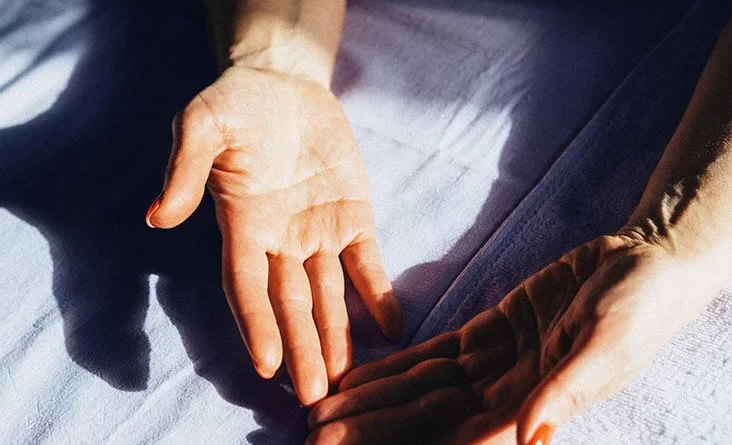Chorea in Focus: Cutting-Edge Treatment Innovations
Chorea is a disease that manifests as irregular uncontrollable movements of the limbs. The unpredictable movements of the limbs can make it look like the patient is dancing or gesticulating wildly. The disease, therefore, is a movement problem that can be treated. Chorea can be linked with other neurological diseases. Therefore, the diagnosis and treatment of Chorea are necessary. Often the symptoms of Chorea are linked with Huntington’s disease. Knowing the underlying cause of Chorea is very important so that the apt treatment approach can be selected. Before you know about chorea treatment, know about its causes and symptoms.
What are the common movements linked with Chorea?
The main manifestation of Chorea is uncontrollable movements. While the disease can manifest as uncontrolled dancing and fidgeting, it can also manifest as athetosis, which is a squirming movement. The slow and twisting movements of athetosis can be a sign of Chorea. It is a neurological disease. Ballimus is also a symptom that accompanies Chorea. Ballimus is a movement disorder under which the patient starts to make flinging motions. The wild flinging of legs and arms because of ballimus can cause injuries for the patient. These movements and loss of control of limbs are major symptoms of Chorea and linked neurological diseases.
What are the causes of Chorea?
There are many causes of Chorea, and most of them are aligned with more severe neurological diseases. The most common causes of Chorea are as follows-
-
Huntington’s disease- Huntington’s disease is a genetic disorder that causes changes in speech and movements. Coordination and memory problems are common in this case.
-
Rheumatic fever- In children, after the development of rheumatic fever in eight to ten months, there can be a sign of Chorea, which looks like dancing. A streptococcal infection can cause it.
-
Other causes of infections – Some other rare infectious diseases can also manifest as Chorea. Diseases like Lyme disease and AIDS can also manifest as Chorea.
-
Autoimmune diseases- Apart from infectious diseases, some rare autoimmune diseases can also lead to the development of Chorea. For example, SLE or Lupus can also manifest as Chorea.
-
Stroke- A stroke or tumour near the basal ganglia can also lead to Chorea.
Diagnosis of Chorea
These conditions that affect neurons and diminish coordination are the main causes of Chorea. However, in rare cases, pregnancy and certain medications also cause Chorea. Based on the detected causes, chorea treatment is done. It is advisable to consult a reputed neurologist to treat this disease. Detecting chorea can be difficult because it is linked with so many diseases. An accurate diagnosis of Chorea needs a thorough examination from the doctor. The doctor will ask you about your family history, try to understand your genetic history to trace autoimmunity, and also about the medications you take regularly.
The doctor will also do a physical examination to know what kind of movements the patient is making. Blood tests that detect lupus, thyroid levels, and hormonal abnormalities are also suggested by the doctor to confirm the cause. Imaging studies like MRI scans and CT scans are also done to know the severity of the disease. After proper diagnosis and pinpointing the cause, the doctor suggests a treatment approach for Chorea.
Also Read: UTIs: Navigating Symptoms and Seeking Effective Treatment
What are the possible treatments for Chorea?
The chorea treatment depends on the diagnosis of the underlying cause. The treatment approaches are as follows-
-
The treatment approach for Huntington’s disease is more towards long-term management and not a complete cure. Curing some neurological diseases is not possible, but the disease is managed with prescribed medications.
-
If the disease is because of levodopa which is taken for Parkinson’s disease, then the treatment is done with antipsychotics and Amantadine. Most people with psychiatric conditions with movement disorders are given a combination of medications.
-
For children, if Sydenham chorea disease is detected, no major treatments are done. The disease disappears within two years of its development. However, if the disease does not go away, the children might be given corticosteroids by neurologists and endocrinologists.
-
If the disease is caused by any medication taken by the patient, it can be cured by stopping the medication for some time. The doctor might also change the medication to something that does not have such significant side effects.
-
Sometimes, Chorea can be a result of hormonal imbalance and metabolic disorder. The treatment of metabolic and hormonal disorders will eventually cure the disease.
Conclusion
If the right kind of treatment is not given to the patient at the right time, then the symptoms and underlying disease can get worse. For example, Huntington’s disease will not be cured and will get worse with time. Doctors can treat the symptoms and manage the disease.

